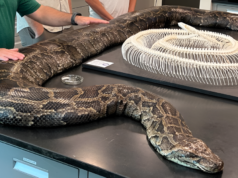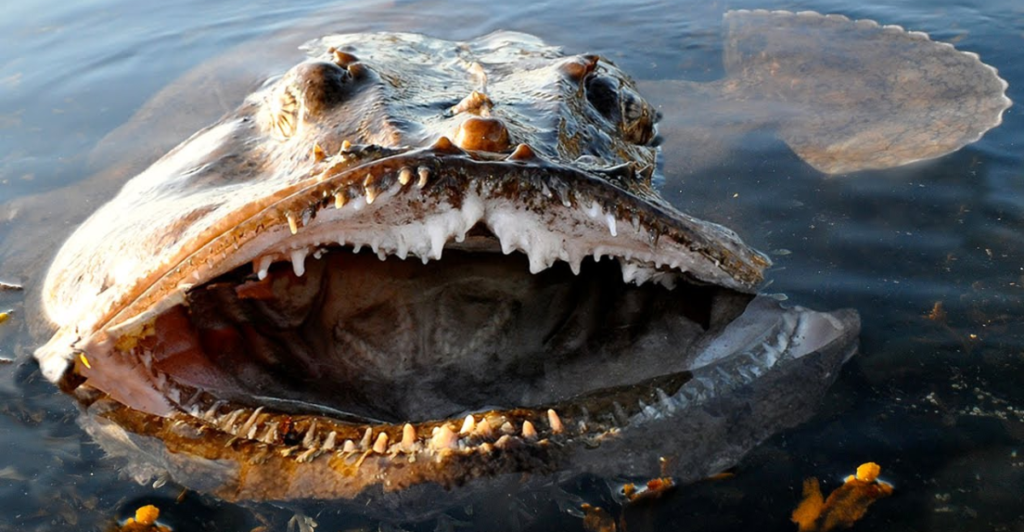
Beneath the surface of America’s rivers and lakes dwell some of the largest and most fascinating freshwater fish in the world. These aquatic giants, from the prehistoric white sturgeon to the elusive muskellunge, showcase the incredible diversity of life in North American waterways. Let’s take a look at the top ten biggest American river fish.
1. White Sturgeon
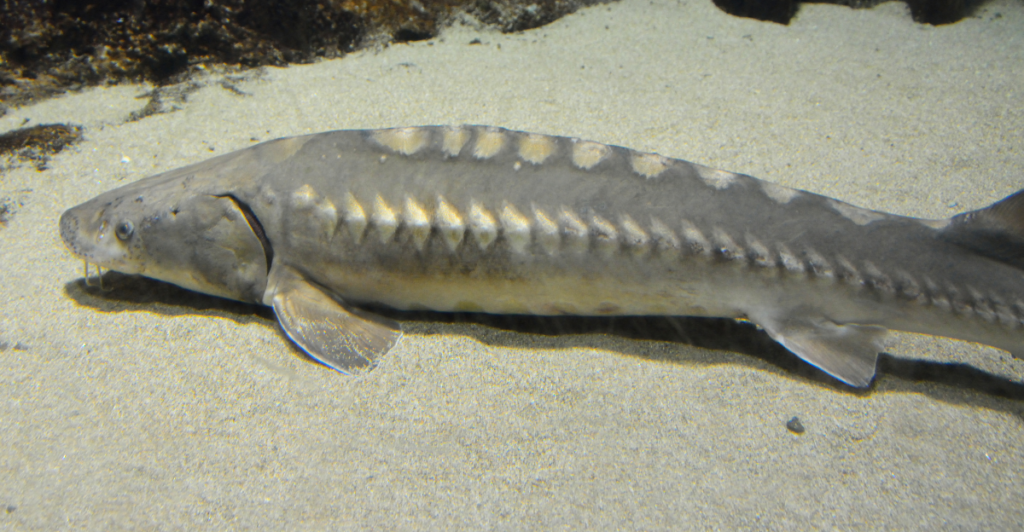
The white sturgeon is a prehistoric giant, capable of growing up to 20 feet long and weighing nearly one ton. These anadromous fish range from the Gulf of Alaska to Monterey, California, with some landlocked populations in Idaho, Montana, and California. They thrive in deep, soft-bottomed areas of estuaries and large rivers. During spawning, females release up to 4 million eggs that stick to rocky riverbeds in fast-moving currents.
2. Alligator Gar
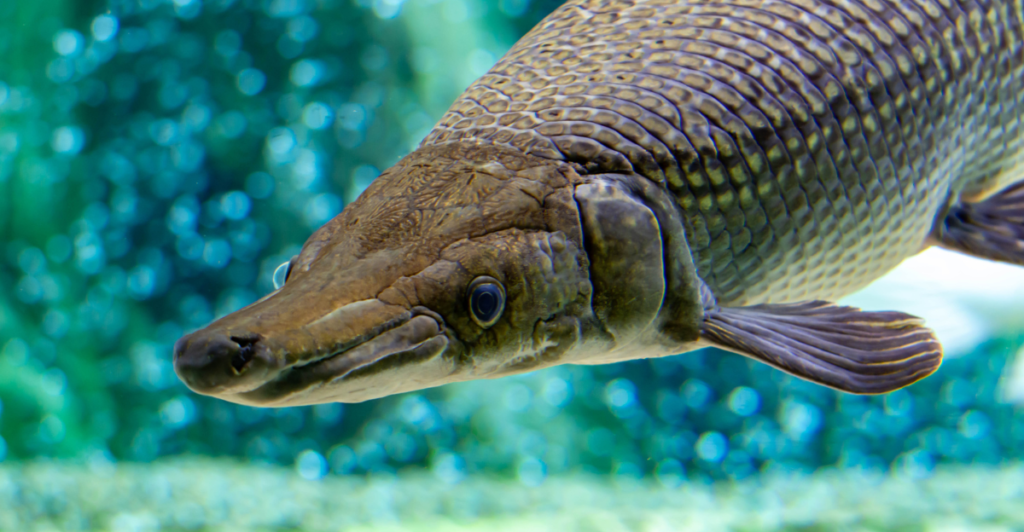
The alligator gar is North America’s largest predatory freshwater fish, reaching lengths of up to 10 feet and weighing over 300 pounds. These ancient fish inhabit large, slow-moving rivers, reservoirs, oxbow lakes, bayous, and bays in the Mississippi River basin and southeastern United States. Alligator gar can tolerate high salinity and occasionally venture into saltwater. They prefer rivers with large overflow floodplains, which have become increasingly rare due to human modifications.
3. Lake Sturgeon
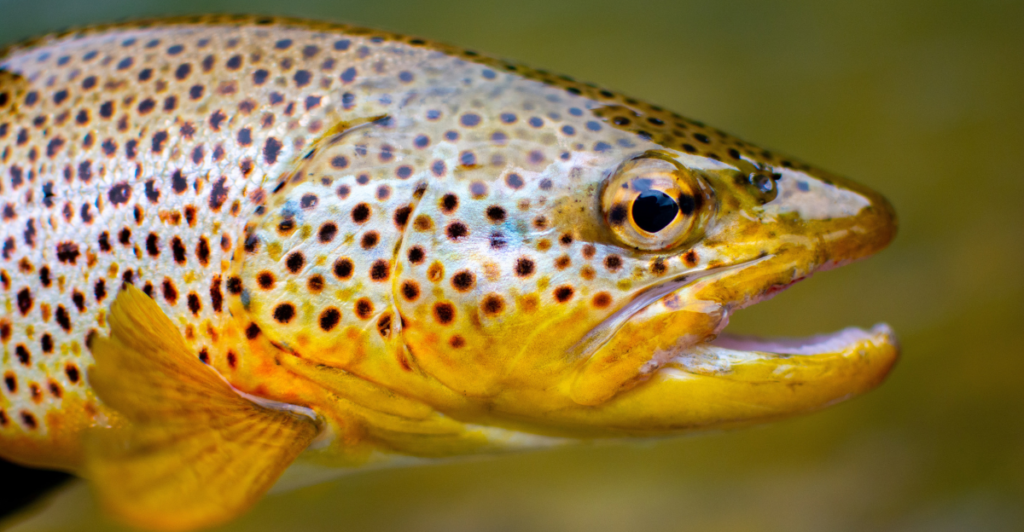
Lake sturgeon can grow to impressive sizes, with the largest recorded specimen weighing 310 pounds. They are found in the St. Lawrence River, Hudson Bay, the Great Lakes, and the Mississippi River. Lake sturgeon prefer highly productive shoals and fast-moving water for spawning. These bottom feeders primarily consume clams, insect larvae, and some fish and fish eggs.
4. Blue Catfish
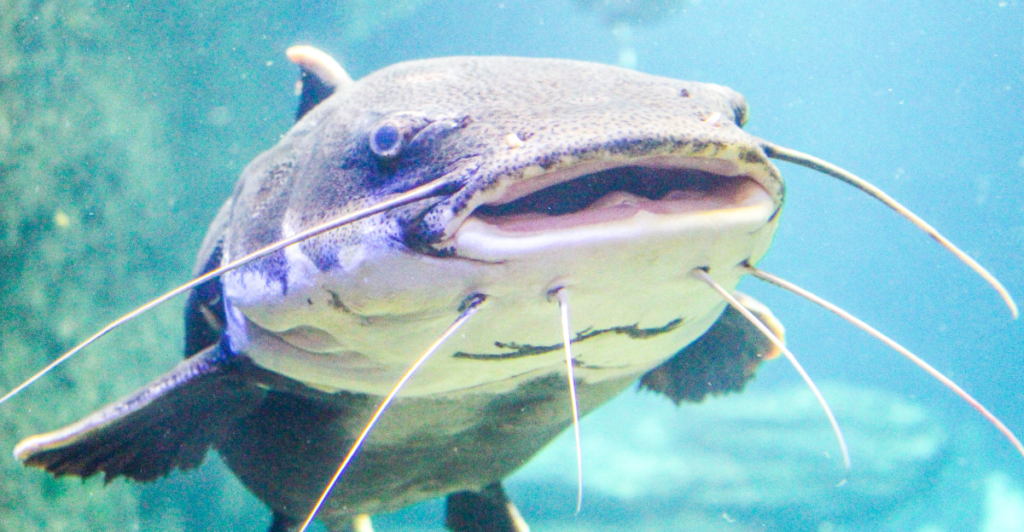
The blue catfish is the largest catfish species in North America, capable of reaching weights up to 150 pounds. They inhabit medium to large freshwater channels and pools with swift currents, preferring sandy bottoms and depths greater than 6 meters. Blue catfish can tolerate brackish water and have expanded their range in recent years. They are opportunistic feeders and exhibit migratory behaviors, moving upstream during spawning seasons.
5. Chinook Salmon
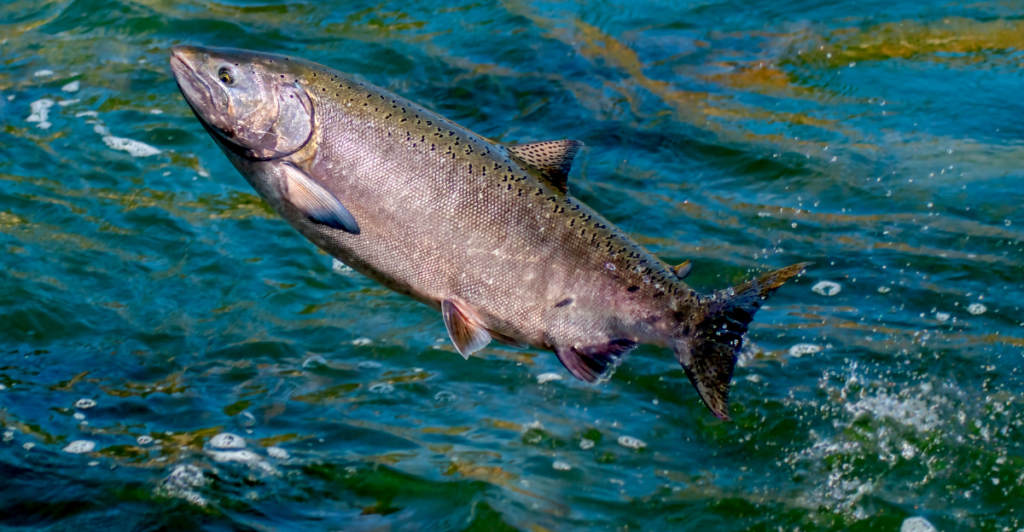
Also known as King Salmon, Chinook can exceed 100 pounds. They are anadromous, meaning they hatch in freshwater streams and rivers, migrate to the ocean to feed and grow, and then return to their natal freshwater habitats to spawn. Chinook salmon require cool, fast-flowing freshwater streams with coarse gravel for spawning. Chinook salmon populations are influenced by various factors, including long-term climate changes. Events like El Niño can alter ocean temperatures and food availability, impacting survival rates.
6. Paddlefish
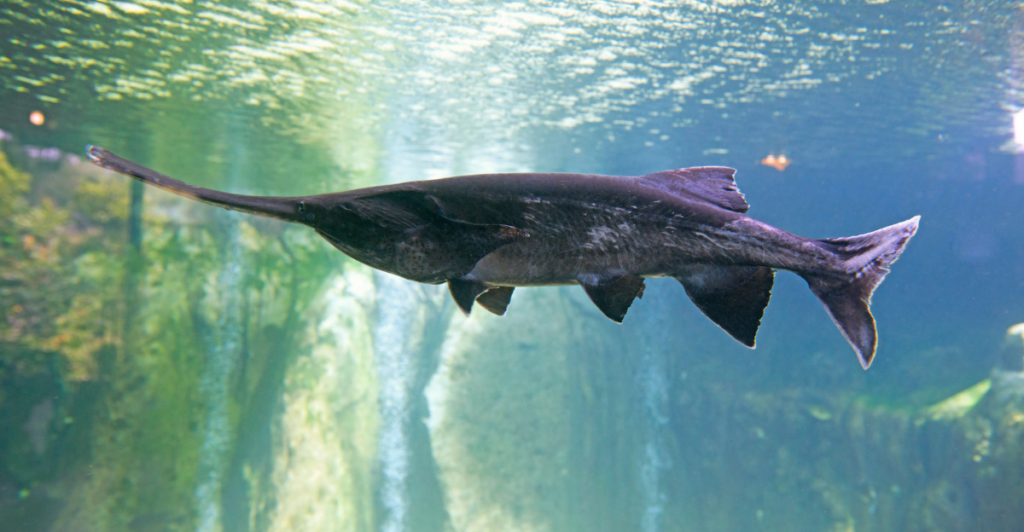
American paddlefish can grow to impressive sizes, with the largest recorded specimen measuring 7 feet long and weighing 198 pounds. These fish inhabit large, slow-moving rivers, lakes, and reservoirs with muddy bottoms. They prefer waters with high plankton availability, which they filter feed on using their gill rakers. They require specific environmental conditions for successful spawning, making them vulnerable to habitat alterations.
7. Flathead Catfish
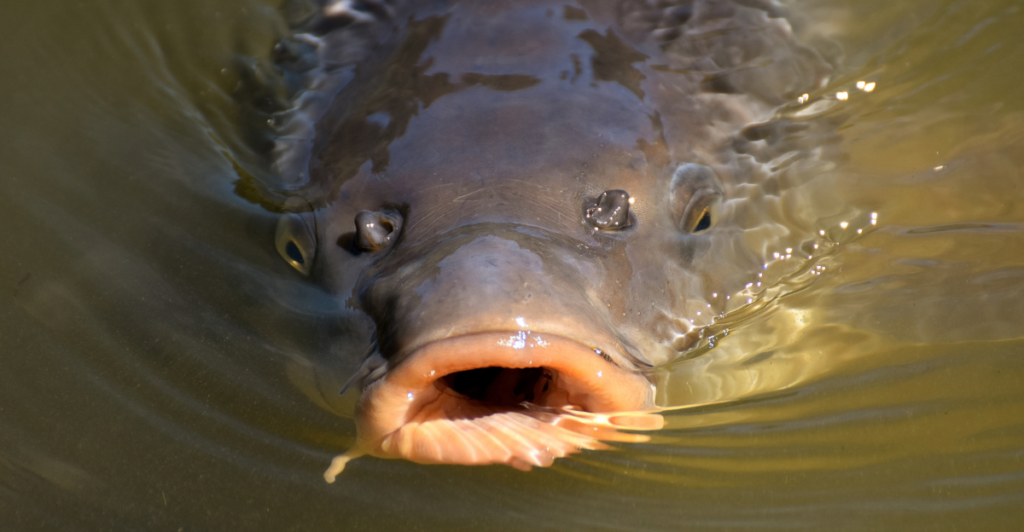
Flathead catfish can grow between 3 and 4 feet long and weigh over 100 pounds. They are typically found in large rivers and their major tributaries. They prefer deep, sluggish pools with logs and other submerged debris that can be used as cover. They are predatory fish, consuming bass, bream, shad, crayfish, and other catfish.
8. Lake Trout

Lake trout can grow to substantial sizes, with some specimens exceeding 50 pounds. They inhabit cold, oxygen-rich waters and are typically found in deep, oligotrophic lakes. Lake trout are slow-growing and late to mature, making them susceptible to overfishing. They can live for many years, with some individuals living up to 19 years.
9. Northern Pike

Northern pike can reach weights exceeding 40 pounds. They thrive in cool waters, favoring rivers with dense vegetation or lakes with weedy bays. They are solitary and highly territorial predators, feeding on fish, crayfish, frogs, and even small mammals. Northern pike spawn in the early spring, scattering their eggs in flooded vegetation.
10. Muskellunge
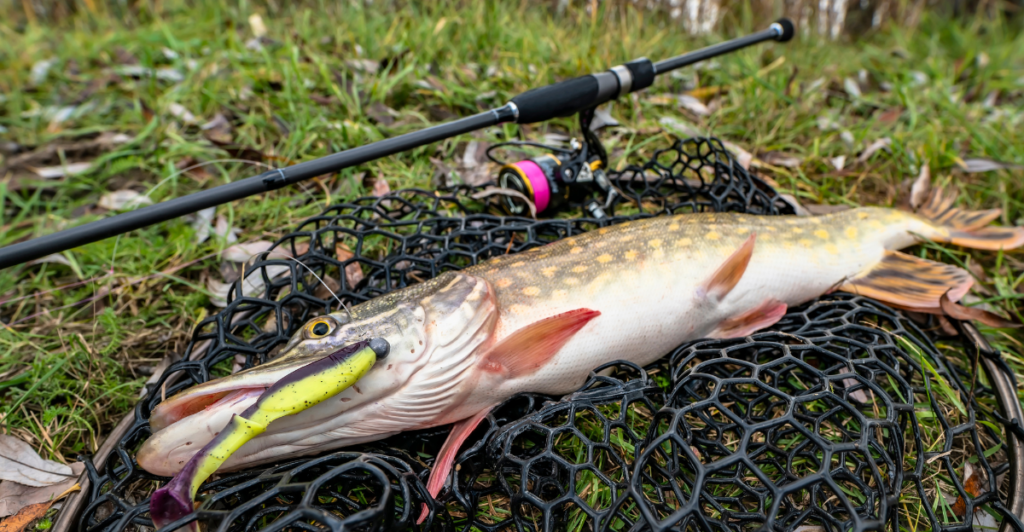
Closely related to northern pike but generally larger, muskellunge inhabit oligotrophic and mesotrophic lakes, large rivers, and regions within the Great Lakes. They prefer clear, cold water with temperatures between 33°F and 77.9°F. Muskellunge are stealthy ambush predators, often hunting near submerged weeds and logs.
11. Channel Catfish
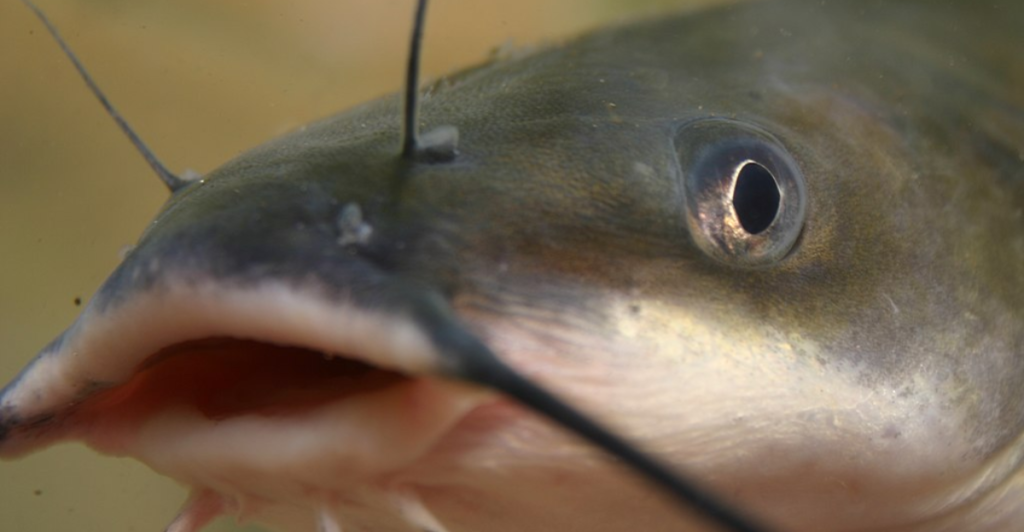
While not as large as blue or flathead catfish, channel catfish can still grow to respectable sizes. They prefer warm water averaging 70°F and inhabit rivers, reservoirs, streams, backwaters, swamps, and oxbow lakes. Channel catfish can tolerate brackish water and exhibit migratory behavior, exploiting different habitats seasonally. They are omnivorous, feeding on small fish, aquatic invertebrates, and occasional vegetation.
12. American Eel
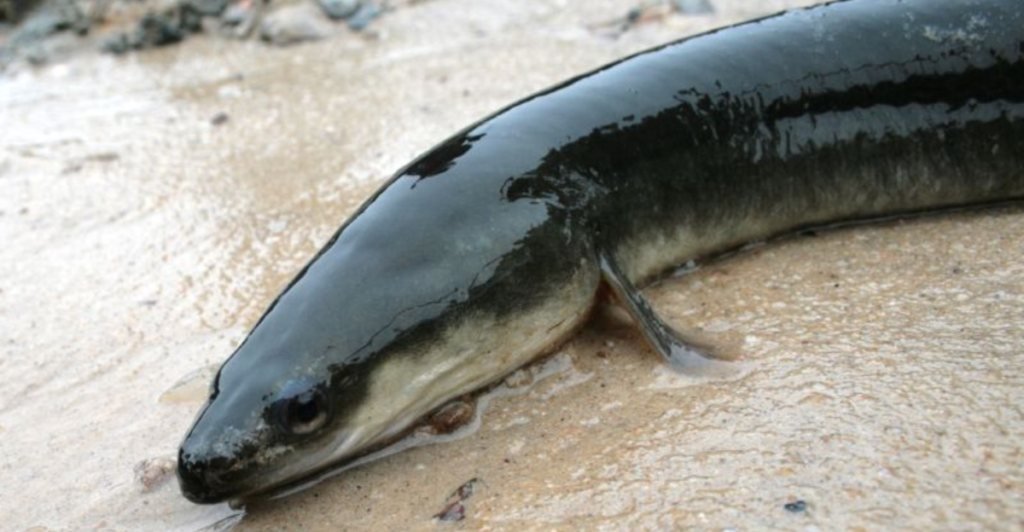
American eels have a complex life cycle, born in the Sargasso Sea before migrating to freshwater habitats. They can grow quite large and are found in many eastern U.S. rivers. These eels are highly adaptable and can live in diverse environments such as rivers, lakes, streams, ocean bays, and estuaries. They can even travel over wet grass to find better habitats.
Discover more of our trending stories and follow us to keep them appearing in your feed

10 Easy Ways To Stop A Charging Dog
13 Most Dangerous Animals in America
Largest U.S. Dam Removal Sparks Giant Salmon Revival
12 Fishes Too Exotic For A Domestic Aquarium
Stay connected with us for more stories like this! Follow us to get the latest updates or hit the Follow button at the top of this article, and let us know what you think by leaving your feedback below. We’d love to hear from you!


